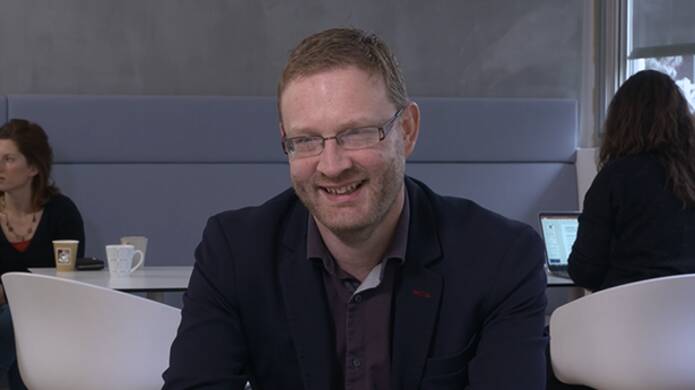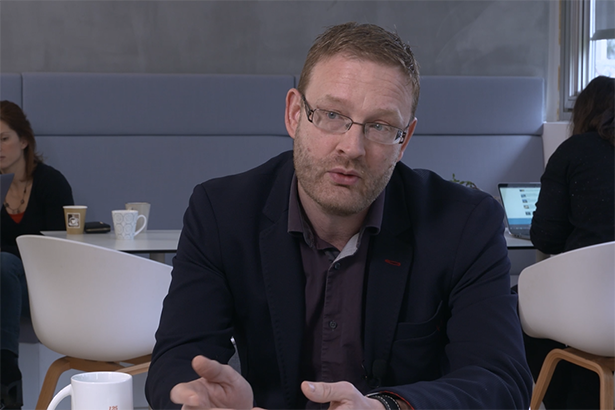Firstly, what factors drive firm diversification?
This is a classic question in strategy. Traditional explanations of why firms diversify into new lines of business have largely considered diversification as a means to redeploy underutilized resources or to take advantage of new opportunities in growing markets. However, these traditional “supply-side” explanations pay little regard to the opportunities or influences stemming from existing customers.
Indeed, in a competitive landscape where professional service firms compete intensively for the business of clients, many managers spend too much time chasing new clients and neglect to take advantage of the opportunities presented by their existing clients.
We offer a demand-based relational explanation for diversification that really hones in on the opportunities and influences from existing customers.
What are the pros and cons to diversification?
First, it is important to understand that diversification is a fundamental means through which firms can grow their business and hopefully increase profitability.
Second, as well as increasing their bottom line through higher revenues and profits, diversification can increase a firm’s market power, provide critical advantages for obtaining important resources, help firms manage corporate risk, and much more. Generally, researchers have shown that diversified firms achieve higher performance compared to single business (or non-diversified) firms.
However, diversification incurs costs—which can be substantial—while reaping the advantages from diversification is inherently uncertain simply because entering new markets is a risky strategy. For example, firms often need to build or buy new resources and develop new capabilities that can be quite unrelated to their current competencies.
Firms also have to try and “steal” market share away from rival firms already competing in these markets, which can be challenging if the firm does not have a track record, customers, or a steady supply of requisite resources.
Diversification is a fundamental means through which firms can grow their business and hopefully increase profitability (...) as the needs of a firm’s existing clients diversify, firms are presented with viable new business opportunities, should they also diversify.
Moreover, diversification may cause firms to direct resources and managerial attention away from their core business areas. Therefore, firms may harm their current businesses by chasing opportunities in new markets. At the extreme, this can lead firms to collapse.
Thus, despite the obvious advantages of diversification, firms need to formulate and implement a suitable diversification strategy that can lower the costs and risks of diversification and put them in a position to reap the benefits.
What key factors you found for a successful diversification strategy?
Firms can look more closely to their current business relationships – which for professional service firms are their existing clients – and use “relational assets” for their diversification strategy. More specifically, as the needs of a firm’s existing clients diversify, firms are presented with viable new business opportunities, should they also diversify.
Relational assets are relationship-specific resources, such as specialized knowledge of a client’s business and deeper levels of trust and commitment that are only valuable when used in the business relationship in which they were developed. Studies have shown that within a focal relationship, relational assets can lead to higher profitability and longer lasting business partnerships.
Managers should look at both the needs of existing clients and the resources they already hold within their firm, especially relational assets - resources that have taken time to develop and which rival firms may not have.
Importantly, many relational assets can often be deployed into different markets to serve the same clients. For example, knowledge of a client’s strategy or specialized technologies is likely to be relevant for different markets. Firms may also have specific business routines for clients that they can reuse through simple modification. So firms do not need to start from scratch when providing additional services to existing clients. In this way, the costs of diversification associated with obtaining new resources and capabilities are reduced.
Further, firms can leverage the deep commitments and bonds they have developed over time with existing clients for their diversification moves because clients often prefer to keep using the same supplier firms for their needs. Therefore, firms can use existing clients to gain an initial foothold in new markets, thereby reducing the risks of diversification.
So, really, the combination of clients’ changing business needs and relational assets provide the incentive for firms to diversify.
Thus, our new perspective in strategy research looks towards a firm’s “demand conditions” as inducements for diversification, as opposed to firms simply scanning the markets for possible opportunities or looking for ways to use spare resources that they cannot easily sell.
What if the firm simply follows a market opportunity?
In this case, relational assets would actually not matter, and we show this in the paper, which reinforces our “demand-based relational theory of diversification”.
Harnessing existing clients and leveraging relational assets can enable firms to overcome potentially high resources barriers to diversification.











